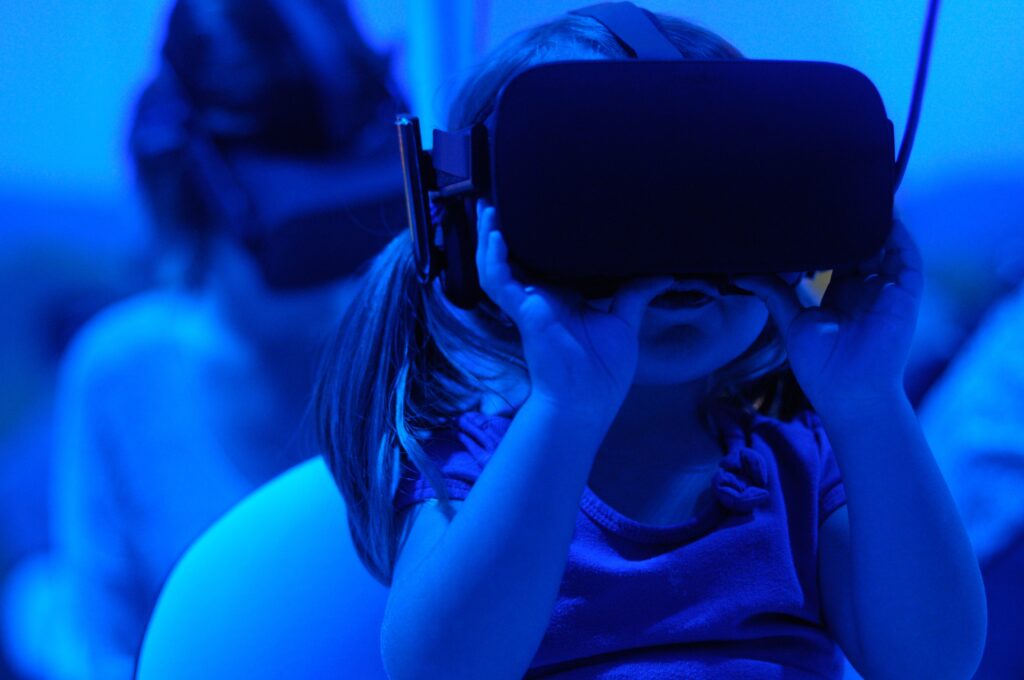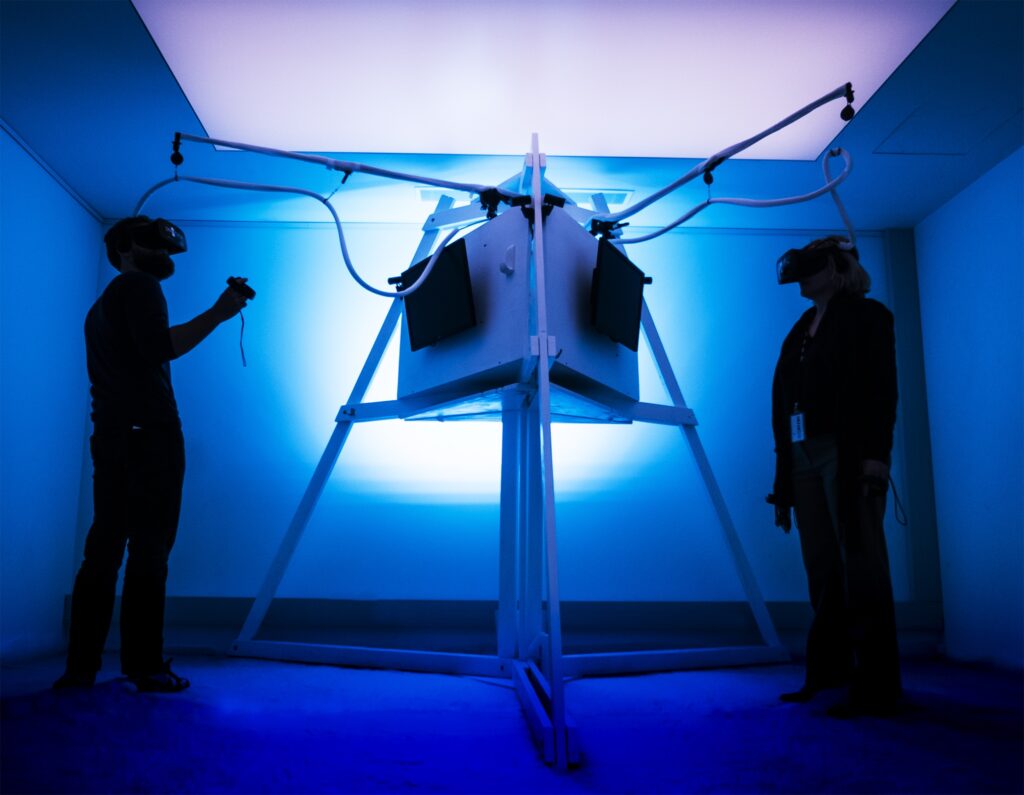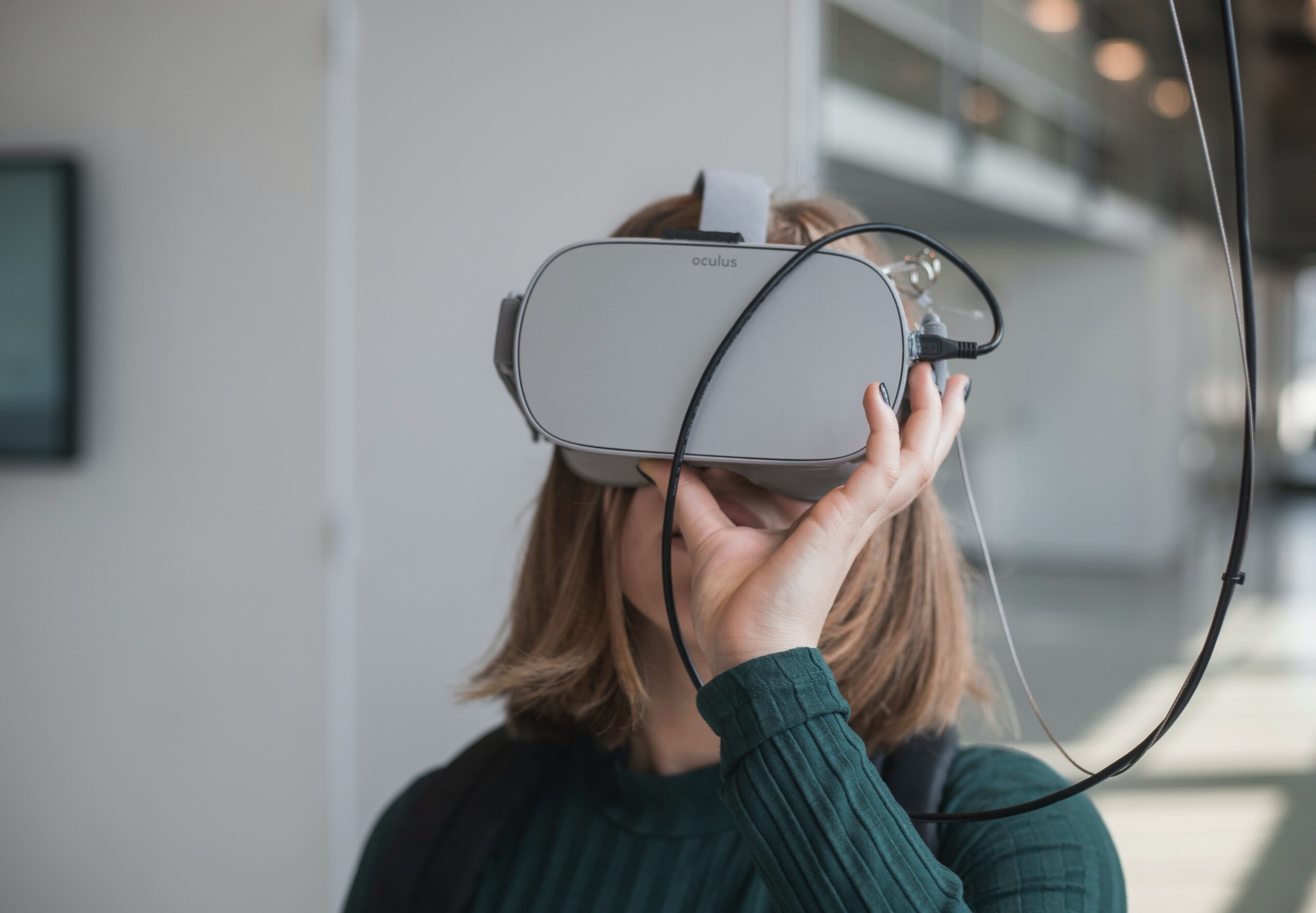Virtual Reality (VR) has transcended the realm of gaming and entertainment to become a powerful tool for training and simulation across various industries. By immersing individuals in realistic and interactive virtual environments, VR offers an unparalleled learning experience. In this blog, we will explore what VR training is, its pivotal role in various fields, and how it is revolutionizing training and simulation practices.
What is VR Training?

VR training involves using virtual reality technology to create simulated environments for training and learning purposes. These environments mimic real-world scenarios, allowing individuals to practice tasks, acquire skills, and gain experience without real-world consequences. VR training leverages immersive 3D visuals, spatial audio, and interactivity to engage learners at a profound level.
Virtual Reality’s Role in Training

Virtual Reality (VR) plays a pivotal role in modern training methodologies across various industries. By immersing trainees in lifelike, interactive simulations, VR transforms learning from theoretical knowledge to practical experience. Its unique ability to recreate real-world scenarios and tasks offers unparalleled advantages. It enables learners to safely practice high-risk procedures, enhances skill proficiency, and improves decision-making in a controlled and immersive environment.
Whether for medical professionals honing surgical skills, military personnel preparing for combat situations, or aviation students learning to fly, VR training elevates education by offering hands-on, experiential learning that bridges the gap between theory and practice, ultimately producing more confident and capable professionals.
- Safe Learning Environment: VR provides a safe and controlled environment where trainees can make mistakes without real-world repercussions. This aspect is particularly valuable in high-risk professions such as aviation, medicine, and military training.
- Realistic Scenarios: VR can recreate highly realistic scenarios, from emergency medical procedures to combat simulations, ensuring that trainees are well-prepared for actual situations.
- Skill Enhancement: VR enables hands-on, experiential learning, allowing trainees to practice and refine their skills repeatedly until they achieve mastery.
How VR is Used in Training and Simulation

Virtual Reality (VR) is harnessed across diverse sectors for training and simulation purposes. In healthcare, surgeons practice complex procedures on virtual patients, while military personnel undergo realistic combat simulations. In aviation, aspiring pilots refine their flying skills through immersive VR flight training.
Manufacturing technicians receive hands-on equipment operation training, and customer service representatives learn to handle diverse customer interactions. VR’s value lies in its ability to recreate real-world scenarios, allowing trainees to develop expertise in a risk-free environment. As technology advances, VR’s applications continue to expand, offering highly effective, cost-efficient, and accessible training solutions in a wide range of industries.
- Medical Training: Surgeons can perform virtual surgeries, medical professionals can practice diagnosis, and even medical students can gain insights through realistic patient scenarios.
- Military Training: VR offers realistic combat simulations, flight training, and mission rehearsals, enhancing military readiness and decision-making skills.
- Aviation: Pilots use VR simulations to practice flying in various conditions, improving their skills and response to emergencies.
- Manufacturing: VR assists in equipment operation and maintenance training, ensuring that technicians are proficient in handling complex machinery.
- Customer Service: Employees can undergo VR-based customer service training, learning to handle various customer interactions effectively.
Conclusion
Virtual Reality is reshaping training and simulation across diverse industries, providing unparalleled opportunities for experiential learning and skill development. By immersing individuals in realistic and interactive environments, VR training enhances safety, proficiency, and confidence. As VR technology continues to advance, its role in training and simulation is expected to expand, offering more cost-effective, accessible, and efficient learning solutions across the globe. VR is more than a tool; it’s a transformative force in education and professional development, setting new standards for training excellence.
FAQs
1. How does VR training differ from traditional training methods?
VR training offers an immersive, experiential learning environment that mimics real-world scenarios, enabling hands-on practice without real-world consequences. In contrast, traditional training methods often rely on classroom instruction and theoretical knowledge.
2. Can VR training be tailored to specific industries and job roles?
Absolutely. VR training is highly adaptable and can be customized to match the requirements of various industries, including healthcare, aviation, military, and manufacturing. It can simulate scenarios and tasks relevant to specific job roles.
3. What are the advantages of VR training over traditional training methods?
VR training offers advantages such as safety through risk-free practice, the ability to recreate realistic scenarios, skill enhancement through repeated practice, and engaging, immersive learning experiences that improve retention and comprehension.
4. Are there any limitations or drawbacks to VR training?
While VR training offers numerous benefits, it can be resource-intensive to develop, requiring specialized hardware and software. Some individuals may experience motion sickness in VR environments. Additionally, initial setup costs can be a barrier for some organizations.
5. Is VR training accessible for remote or online learning?
Yes, VR training can be adapted for remote or online learning. With the right equipment and infrastructure, learners can access VR training modules from anywhere, making it a versatile tool for distance education and remote workforce training.

